The polarimetric dust properties of the debris disc HR4796
- 1IPAG, Univ. Grenoble Alpes, IPAG, Grenoble, France (julien.milli@univ-grenoble-alpes.fr)
- 2IRAP, Univ. de Toulouse, Toulouse, France
- 3LATMOS, Sorbonne Université, Paris, France
- 4LPC2E, Université d'Orléans, Orléans, France
- 5Instituto de Física y Astronomía, Universidad de Valparaíso, Valparaíso, Chile (johan.olofsson@uv.cl)
Context
Debris discs represent the ultimate stage of planetary formation, after the initial gas-rich protoplanetary disc dissipated and potential giant planets have already formed in the system. Infrared observations have shown that at least 20% of main-sequence stars host a dusty debris disc [1], i.e. a massive analog to the Edgeworth-Kuiper belt in the solar system, typically detected at tens to hundreds of astronomical units from their parents stars. Considering the short lifetime of the dust particles compared to the system age, this dust population is believed to originate from collisions of a population of kilometre-sized parent bodies, called planetesimals, reminiscent of Kuiper belt objects or comets in our solar system. Collisions constantly replenish the disc and create smaller and smaller dust particles, until the smallest micron-sized particles leave the system expelled by the radiation pressure of the central star.
Polarimetry as a tool to study debris discs in scattered light
Extreme adaptive optics instruments working at optical / near-infrared wavelengths have revealed exquisite details on debris discs [2,3], allowing to extract the optical properties of the dust particles such as the phase function, the degree of polarisation and the spectral reflectance. These are three powerful diagnostic tools to understand the physical properties of the dust population : the size, shape and composition of the micron-sized dust particles.
An ideal laboratory: HR4796
It is however very rare to be able to combine all those three observables for the same system, because this requires different high-contrast imaging techniques to suppress the starlight and reveal the faint scattered light emission from the dust. Due to its properties, the narrow ring detected at 77 astronomical units around the A-type star HR4796 is a notable exception, with both unpolarised and polarised images covering the optical and near-infrared wavelengths [3]. Two new studies have revealed the intriguing properties on this system. The first one [4] revisited optical polarised light images obtained earlier with SPHERE/Zimpol [5] (left figure) and proposed an original technique to retrieve with enhanced fidelity the scattering phase function of the dust in polarised light (inset of the right figure). This method more accurately accounts for projection effects that can enhance the surface brightness of a disc along the semi-major axis if the scale height of the ring is sufficiently large. The second study [5] extracted the degree of polarisation of the disc in the near-infrared from 20 to 120 degrees. Neither of those two studies can fully reconcile the degree of polarisation of the dust population, its scattering phase function and the particles blow-out size with a single scattering theory (right figure).
In this contribution, we propose to discuss the dust properties compatible with current and new observations of this disc. We will base the discussion on laboratory experiments and analogies with cometary dust particles, rather than relying on scattering theories assuming spherical dust particles. We show that this interdisciplinary approach moving away from the Mie theory enables to find interesting candidates to reconcile the optical properties and thermal behaviour of the dust particles in this system.


Figure: Left: VLT/SPHERE/Zimpol polarimetric observations of the HR4796 disc, in a broad (290nm-wide) optical filter centered at 735nm [5]. North is up, East to the right, the West side of the disc is the forward-scattering side. Right: Extracted polarised scattering phase function (-S12) from 20 to 160 degrees described in [4] (inset graph) and Χ2 map of a grid of models parametrised by the porosity and minimum particle size, using the Distribution of Hollow Spheres [7] suggesting sub-micronic low porosity particles.
References
[1] Hughes, A. M., Duchêne, G., & Matthews, B. C. (2018) "Debris Disks: Structure, Composition, and Variability," ARA&A, 56, 541-591 - 2018ARA&A..56..541H
[2] Esposito, T. M., Kalas, P., Fitzgerald, M. P., et al. (2020) "Debris Disk Results from the Gemini Planet Imager Exoplanet Survey's Polarimetric Imaging Campaign," AJ, 160, 24 - 2020AJ....160...24E
[3] Milli, J., Vigan, A., Mouillet, D., et al. (2017) "Near-infrared scattered light properties of the HR 4796 A dust ring. A measured scattering phase function from 13.6° to 166.6°," A&A, 599, A108 - 2017A&A...599A.108M
[4] Olofsson, J., Milli, J., Bayo, A., et al. (2020) "The challenge of measuring the phase function of debris disks. Application to HR 4796," arXiv, arXiv:2006.08595 - 2020arXiv200608595O
[5] Milli, J., Engler, N., Schmid, H. M., et al. (2019) "Optical polarised phase function of the HR 4796A dust ring," A&A, 626, A54 - 2019A&A...626A..54M
[6] Arriaga, P., Fitzgerald, M. P., Duchêne, G., et al. (2020) "Multiband Polarimetric Imaging of HR 4796A with the Gemini Planet Imager," arXiv, arXiv:2006.06818 - 2020arXiv200606818A
[7] Min, M., Hovenier, J. W., & de Koter, A. (2005) "Modeling optical properties of cosmic dust grains using a distribution of hollow spheres," A&A, 432, 909-920 - 2005A&A...432..909M
How to cite: Milli, J., Baruteau, C., Lasue, J., Levasseur-Regroud, A.-C., Renard, J.-B., and Olofsson, J.: The polarimetric dust properties of the debris disc HR4796, Europlanet Science Congress 2020, online, 21 Sep–9 Oct 2020, EPSC2020-249, https://doi.org/10.5194/epsc2020-249, 2020.

